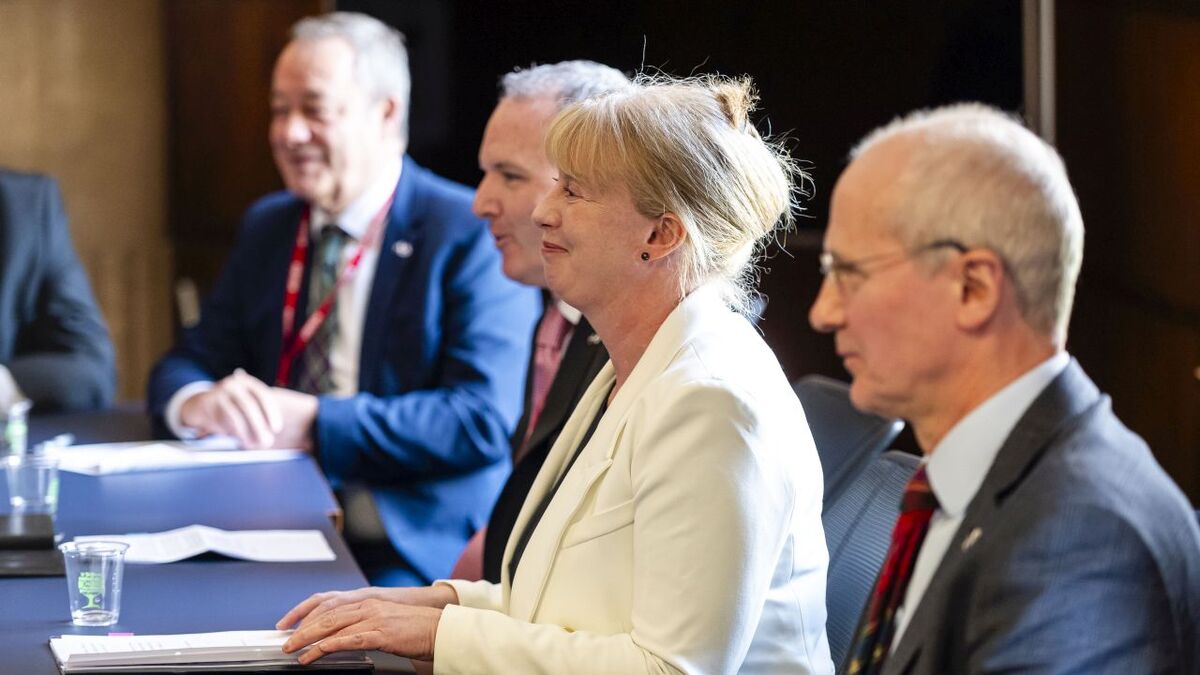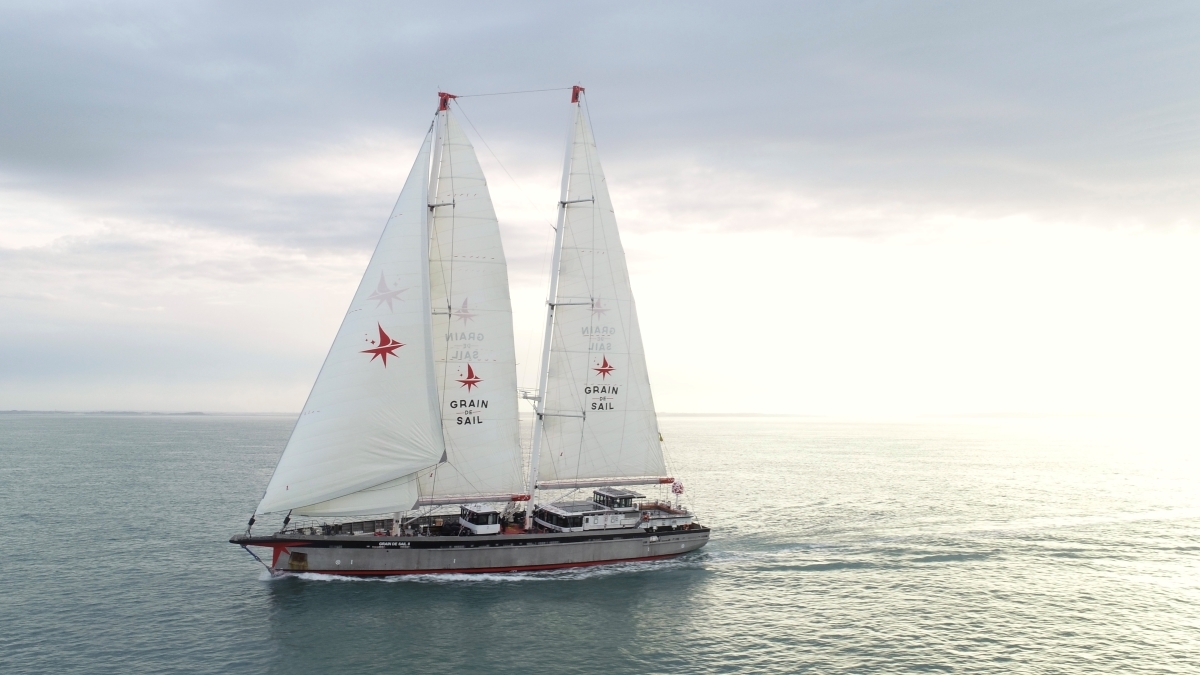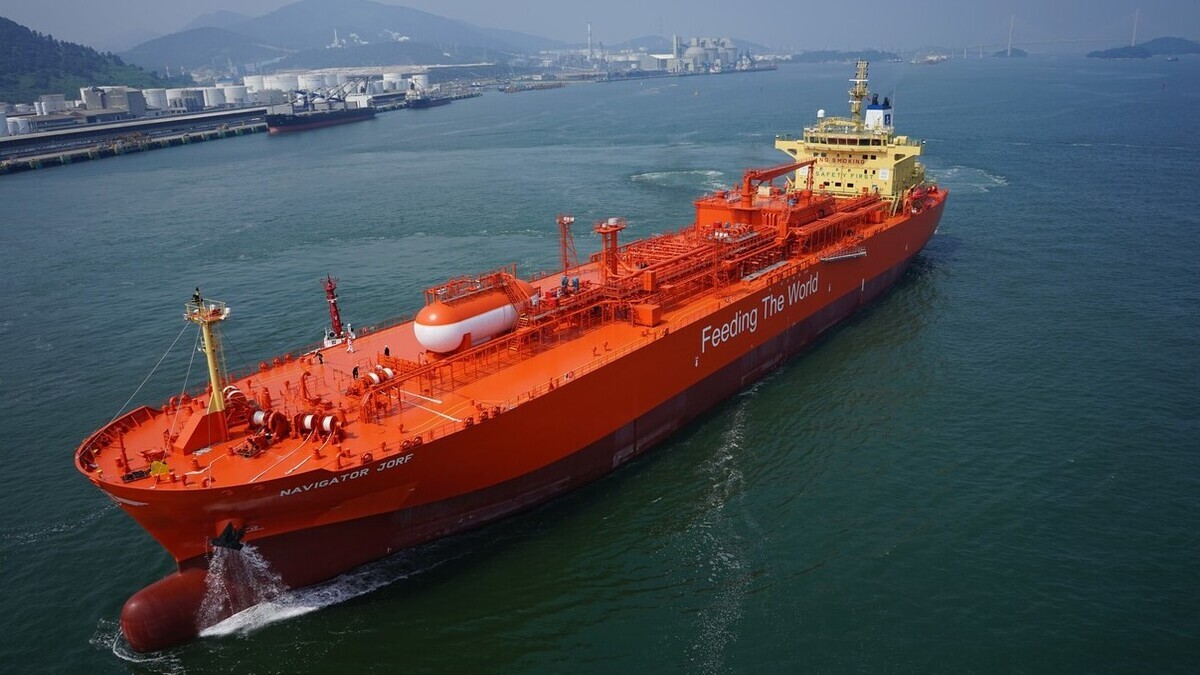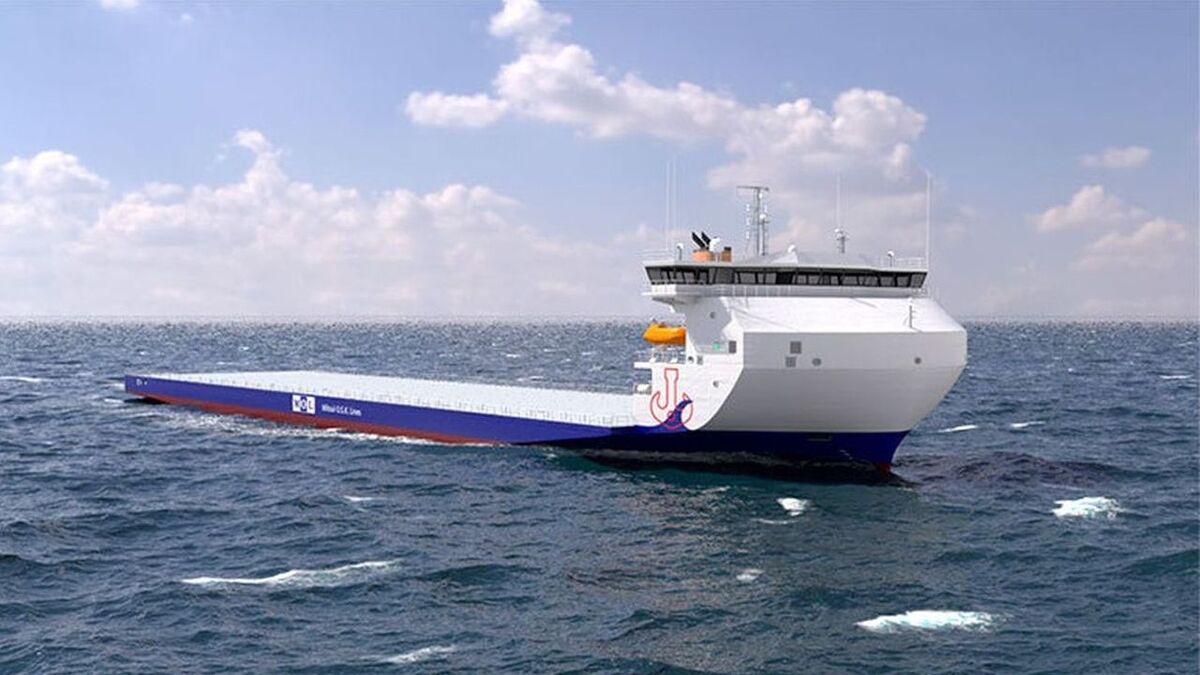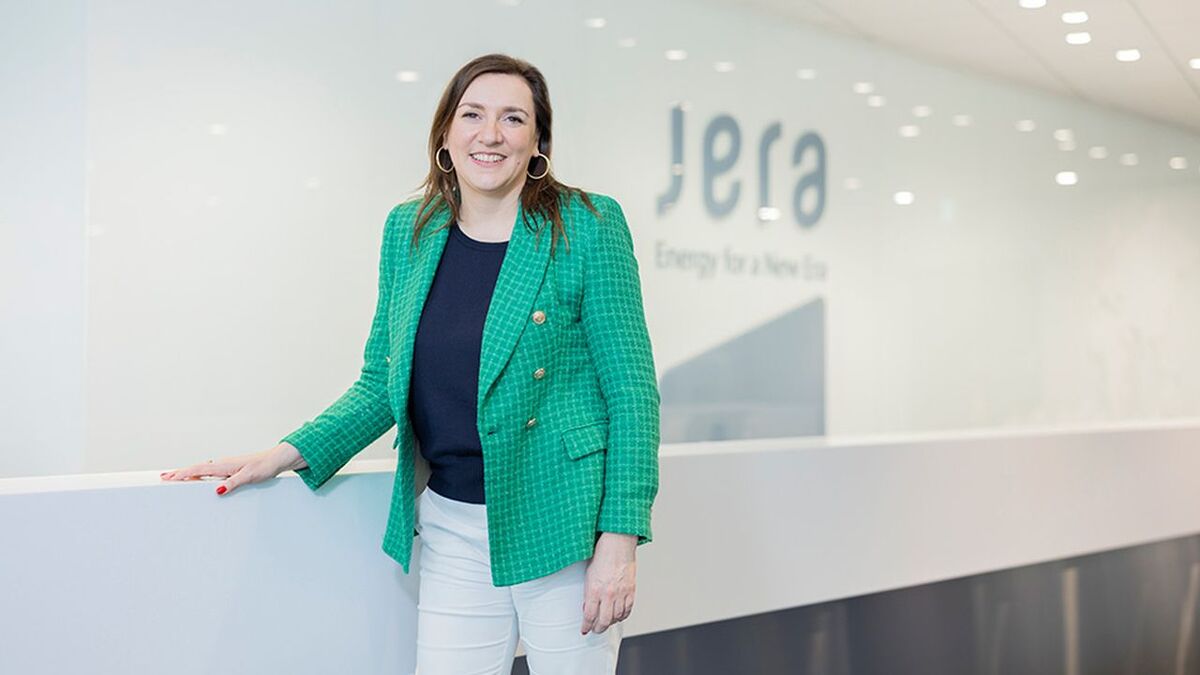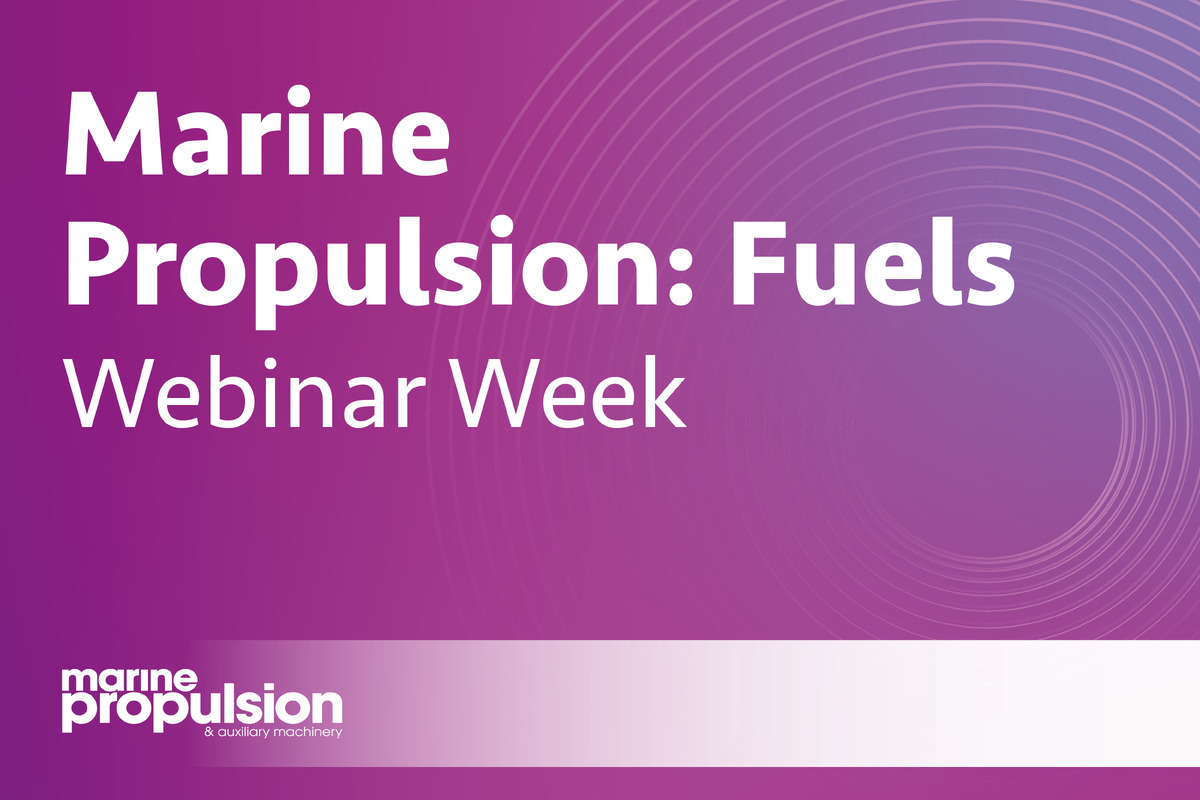Business Sectors
Events
Contents
Hybrids herald further cost reduction
David Foxwell reflects on the advantages of combining generating assets with transmission systems in the North Sea offshore wind industry
Europe’s energy system is changing, driven by society’s desire to decarbonise and switch to cleaner, renewable energy sources. The European Commission and EU member states back these goals.
This goal is only achievable with offshore wind power and to meet it, offshore assets need to be cost-effectively expanded to fully utilise the vast wind energy potential of the North Sea, which the EU estimates has an economically attractive capacity of more than 635 GW by 2030. It is already being tapped, with installed wind capacity expected to reach 90 GW in the next decade.
But to fully exploit this potential, windfarms need to be built ever further out to sea. This makes development more complicated and more expensive. If viable projects are to be realised, further cost reduction is required, as are innovative solutions that efficiently connect windfarms to land.
Traditionally, offshore wind projects have a strong national focus with the power transmission line feeding a single national grid. Offshore generation is not usually co-ordinated with nearby developments in other countries.
But hybrid projects are different. They combine offshore generation and transmission assets, which conventionally operate as separate entities, and link two or more countries, providing a platform for co-ordination between them. In the North Sea, this could mean joint development of an offshore windfarm and an interconnector, allowing a Dutch windfarm to be connected to the British and Dutch grids.
Combining generation and transmission has a number of advantages compared to conventional offshore wind projects in which generation assets are built in isolation. Foremost among these is that hybrid projects are less expensive, use less space and pave the way towards a future integrated energy system. Ultimately, they can contribute to making the energy transition and decarbonisation happen.
These advantages mean that hybrid projects need to be assessed in real terms. A newly-published study from the European Commission does just that.
The study identified 18 potential hybrid projects, based on existing conventional projects in the North Sea that are in early-stage development. It assessed the five most feasible projects against conventional reference cases in terms of capital expenditure, lifetime operating costs and socio-economic benefits and found that they offered significant cost savings.
The study found they showed potential cost savings of up to 10%, depending on the size of the comparable conventional project.
Cost savings of that magnitude are important but although combining generation and transmission assets in hybrid projects has political support in many countries it faces significant legal, regulatory and other barriers. To address these, the study proposes project-specific action plans outlining measures stakeholders could take. Last but by no means least, it recommends implementing future hybrid projects, paving the way to a future-proof European energy system.
Progress in harmonising EU energy policies and regulation has changed perceptions of the challenges developers face in realising hybrid projects. To date, only one hybrid project has been implemented – Kriegers Flak in Denmark, which is nearing completion – but more stakeholders are taking an interest and developing an understanding of project economics and benefits that flow from hybrid projects, so it surely won’t be the last.
Related to this Story
Events
Maritime Cyber Security Webinar Week
International Chemical & Product Tanker Conference 2024
Marine Propulsion: Fuels Webinar Week
How enhanced connectivity is propelling maritime into the AI era
© 2023 Riviera Maritime Media Ltd.



